Transfer Rules Task Force

October 2, 2022


Reasons why this task force came together:

Purposefully and proactively identify our values and mission as it pertains to transfer and recruiting rules. • Determine what are our non-negotiables?
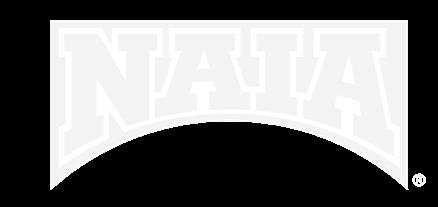
Identifying student-centric ideas – how to operate in the best interest of the student-athlete.
Understanding the importance of the investment institutions make in their student-athletes.
Keeping an eye on the changing landscape of transfers in other athletic associations.
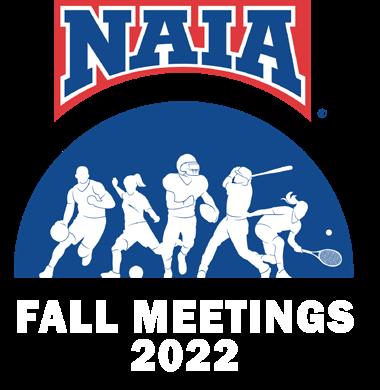

2
•
•
•
•
Questions Identified to Guide Discussion
• What is our approach that is not reactionary, but something we can point to that says, “the NAIA views recruiting/ transferring as___”.


• Understanding the constant friction of where should the autonomy lie or who’s interest should we protect? (student? Institution? Conference?)

3
Strategic considerations from NAIA leadership perspective:
• Make sure coaches have as good, or better access to transfers than other associations; &

• How to make NAIA institutions attractive for transfers to come (release some restrictions).
• NAIA has a branding issue vs. the NCAA – focus to keep institutions in the NAIA and help our member institutions grow attendance. Our bylaws (transfer rules for this instance) needs to help our brand and make it more attractive.


4
Guiding Principles
1. Ease the NAIA’s transfer process for prospective student-athletes and ensure it is not more restrictive than other associations.
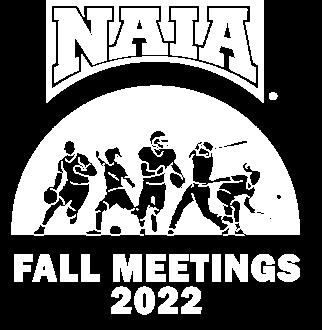

a. Must balance public perception of the need to be student-athlete friendly with the need to support NAIA institutions’ retention needs
2. Enable greater access of coaches to prospective student-athletes for recruitment
3. Protect the institution’s investment in retaining its existing student-athletes.

5
Topic 1: Residency Rules NAIA v. NCAA
• NAIA 16 Calendar Weeks – required only if previous participation was at a four-year institution

• Exceptions for graduate students, releases + 2.00 GPA, or 2-year transfers.
• NCAA – Full academic year – required based on previous enrollment at a four-year institution
• Due to the stipulation of enrollment – this results in many more NCAA exceptions to residency (one-time transfer exception cited as most common exception). •
NAIA Transfers Fall 2019 – Spring 2022
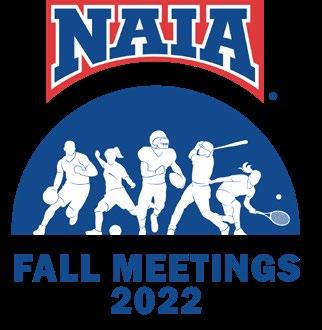
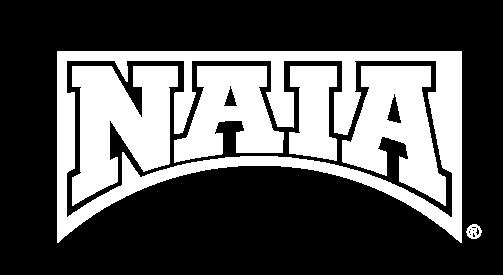
• 7418 total number of transfers (both 2-year & 4-year)
• 1217 were 4-year transfers & of the 4-year transfers, 1161 (95.8%) received an eligible decision from the EC.
• Of the eligible, 4-year transfers, 225 transfers were NOT submitted as "approved" through ECPAssumption is that student did not receive a release or did not meet other eligibility requirements.
• 936 were assumed to be approved through certification – assumption that residency was not a barrier to eligibility
6
Problem Statement: our current bylaws put us at a disadvantage to the changes occurring in the NCAA. Our rules, as viewed by the public/ potential student-athletes, shows we may not be proactively addressing the changes of the public perception to be more student-friendly.
Goal: to find an approach that is not reactionary to the NCAA; provide autonomy for the student-athlete.

Potential Solution (Agree or Disagree): No residency required (conferences can determine intra-conference transfer rules). Applies to any transfer at any point in time (as opposed to onetime approach).
Guiding principle being met: ease of transfer to be an NAIA student-athlete
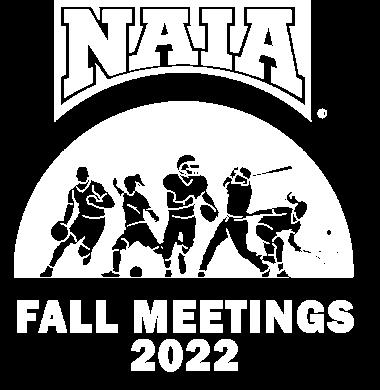
Discussion - Pros & Cons to this approach?
Pros: Important to uphold conference autonomy – put the onus back on the conference to implement a transfer residency requirement that fits their needs.

Pros: Ease of transferring might provide avenue to grow attendance at an NAIA institution. Allow more attractiveness for NCAA athletes to transfer to NAIA and compete immediately. Student-athletes will go where they do not have to serve residency.

Cons: Student-athletes may make knee jerk reaction to attempt to transfer and compete elsewhere without having a conversation with their current institution.

8
Topic 2: Exit Interview for Transfer Athlete
Problem Statement: If student-athletes are allowed to transfer and compete immediately without restriction, there will not be an opportunity for current NAIA AD’s/ coaches to have a conversation with their student-athlete before they leave.

Goal: to provide an avenue for education for the student-athlete and open communication with current institution prior to transferring.
Potential Solution (Agree or Disagree): NAIA student-athlete is cleared to compete immediately at the next institution once they conduct an “exit interview” with current Athletics Director (or receive a waiver) at the original NAIA institution.

Guiding principle being met: Protecting the school’s investment into the student-athlete

9
Discussion - Pros & Cons to this approach?
Pros: This provides an avenue for student-athlete and coach/ AD to have a conversation regarding why they wish to transfer. Look at educating our SA's - put back to institution to have a conversation.

Cons: More work on the AD/ coach to have a conversation?

Topic 3: 10-day Notification Period
The 10-day notification period is the number one reported violation reviewed by the Conduct and Ethics Committee.
- How does this rule help or hinder our association?
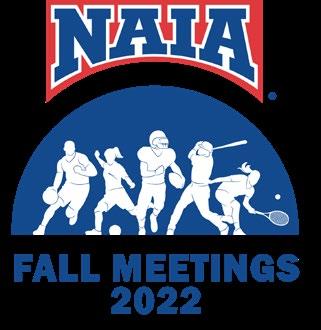
Problem Statement: Perception is that the rule is not being followed consistently. Is the number of violations showing the need for more restrictions or higher penalties?
Or is the notification period being largely ignored and not making a difference for our association?
Goal: Create a bylaw application that is easy to follow for coaches that still allows for the honesty/ transparency of communication between institutions.

11
Potential Solution 1 (Agree or Disagree): expanding WHO from the NAIA institution may reach out to at the student’s original institution.

Potential Solution 2 (Agree or Disagree): Provide exceptions of when notification is not required:
1. If a student-athlete has a signed release from an institution, the NAIA institution does not have to provide notification to the student's original institution.

2. If an NCAA student-athlete is registered in the NCAA portal, notification is not required to the student's NCAA institution.
- If student athlete does not have a release, 10-day notification period is required.
-

Define release in V.B definition section of the bylaws
Guiding principle being met: Protecting the school’s investment in the student-athlete.

12
Discussion - Pros & Cons to this approach?
Pros for Solution 1: Requirement to provide notification is not solely on AD or FAR –Coaches, SWL’s, Compliance may be more in the ‘know’ and can execute the notification easier.
Pros for Solution 2: Provide exceptions may lessen the burden of the 10-day notification. Also provides more transparency for those students who have a general “release” from an institution.
Cons for Solution 2: Knowing/ Ensuring the NCAA student-athlete is, in-fact, in the portal.


The Task Force is still in agreement that the current interp released by the NEC at convention should be solidified into a bylaw amendment for the 2023 National Convention.
Proposed bylaw wording: A coach or another representative of a member institution shall not initiate contact with an athlete who has enrolled at another four-year institution, unless that student-athlete is registered in the NCAA portal.
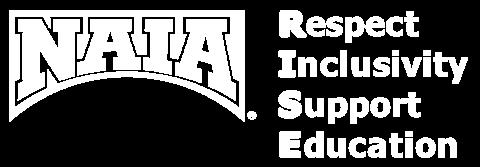

Guiding principle being met:
- Ease of transfer to be an NAIA student-athlete (also in comparison to NCAA transfers)
- Access by coaches to recruit student-athletes (through contact)
Note: there has not been any discussion about directly contacting NAIA athletes or all JUCO athletes. For now, the direct contact is specific to NCAA athletes.

14
The task force recognizes that there are other transfer-related topics that still need to be addressed.
• If the 16-week residency rule stays in place, is this providing an unfair advantage for fall/ winter sport athletes over spring sport athletes?


• What about academic restrictions to transfer students? Graduate transfer students?

• Uniformity and use of tracers across the association.
What other topics do you see that need to be addressed?
15




























